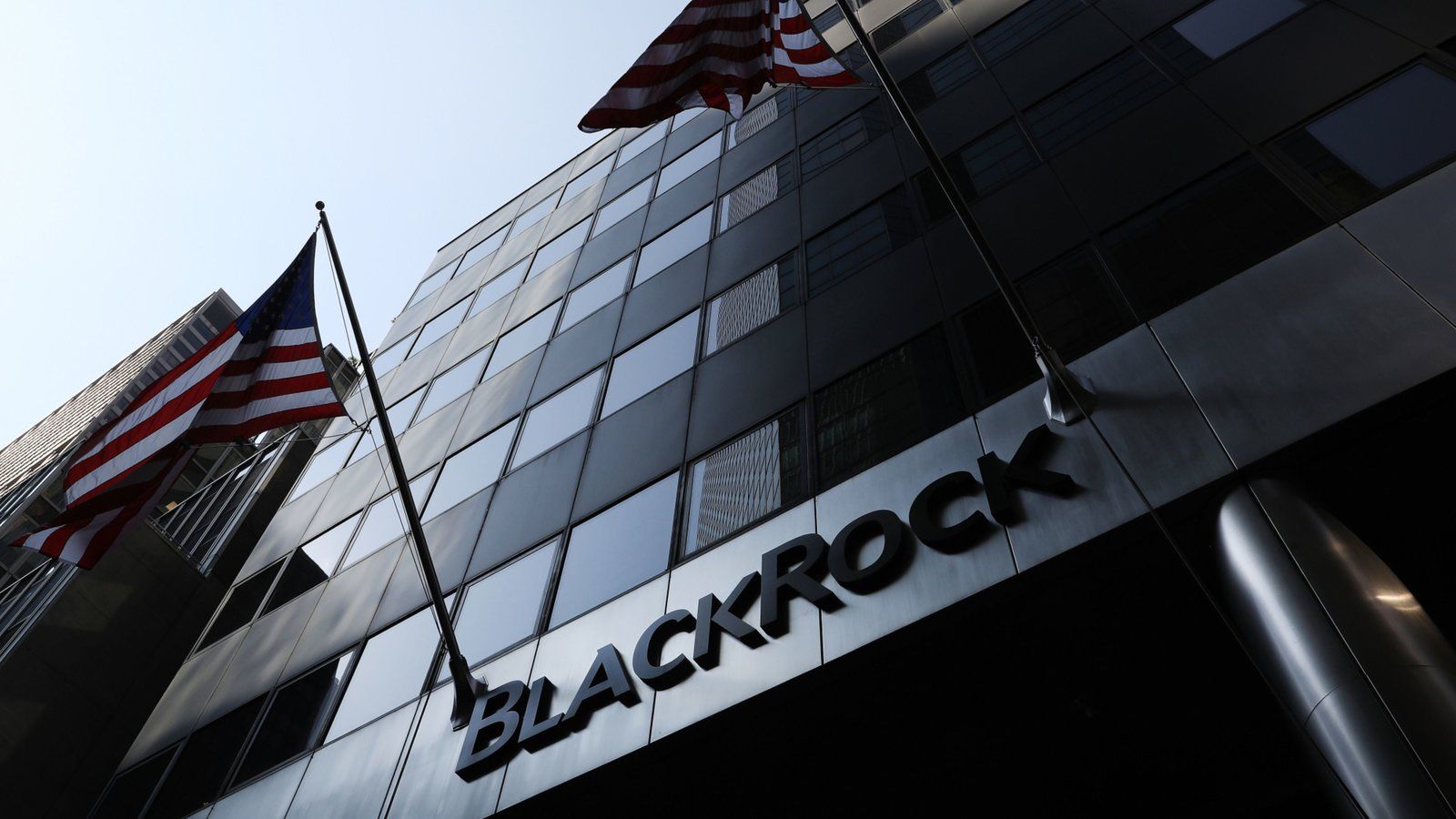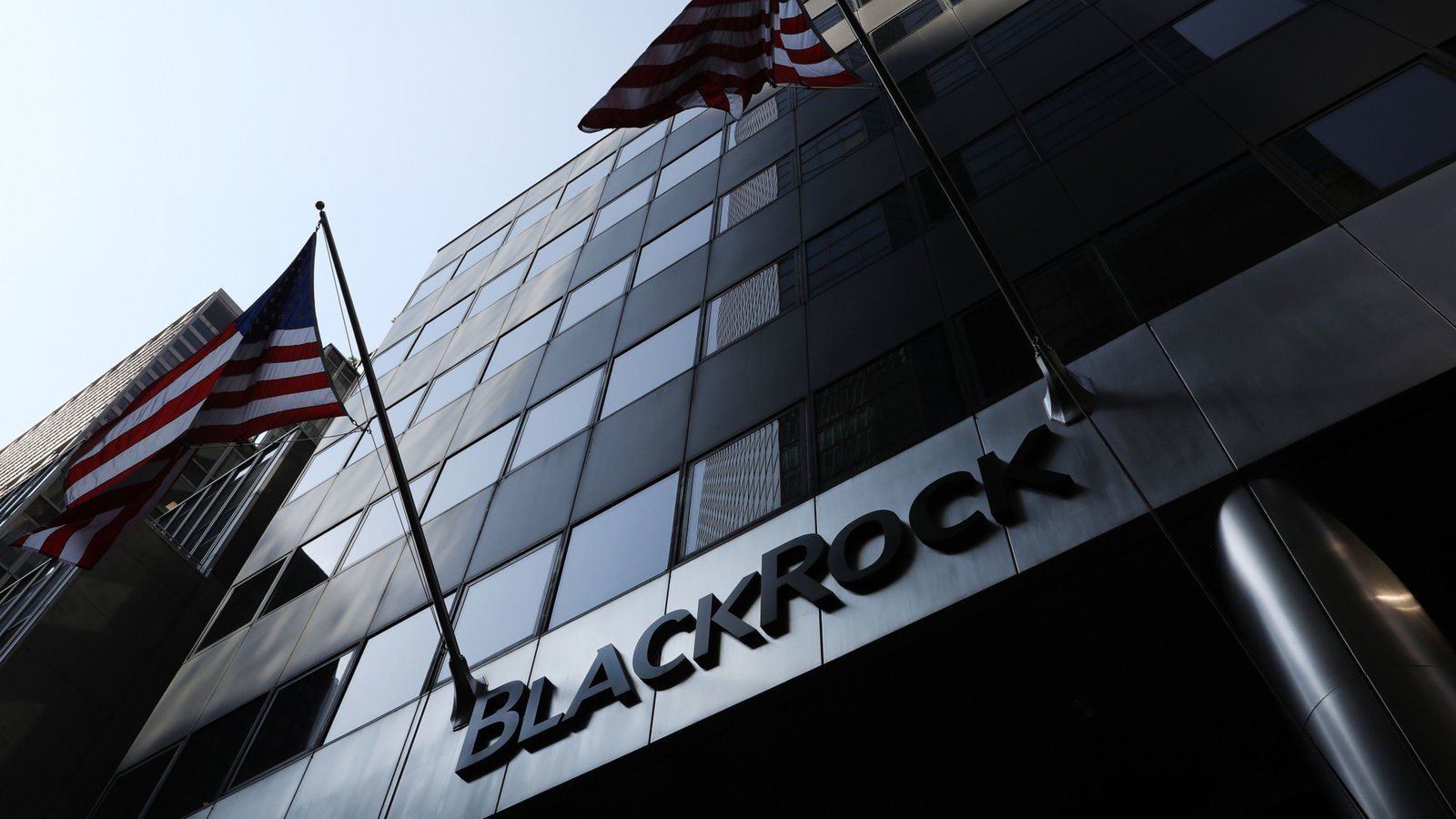BlackRock’s CFB-powered Bitcoin ETF filing is a vote of confidence
The timing of the filing, on the back of well-aired events of the past week—and in the context of crypto price and counterparty upsets of last year—is as eloquent as gestures like this get.

The first mass market U.S. crypto investment product would strike NAV against the CME CF Bitcoin Reference Rate’s New York Variant
Inflection point
BlackRock’s application to list the first U.S. spot-based Bitcoin ETF cuts through the cloud of macroeconomic, regulatory and market uncertainty that has beset the asset class for months, to deliver what’s likely to be one of the most pivotal developments of the year for crypto prices, the digital asset space, and certainly for CF Benchmarks.
Let’s parse the key details, top level implications, and what to watch out for.
Key details
- BlackRock’s main ETF brand, iShares, filed a form S-1 registration statement for iShares Bitcoin Trust around the close of the U.S. business day on Thursday, June 15th. The date is worth noting: just like for all such applications, it could be important for the timing of the application’s progress through the SEC’s review process (see ‘What happens next?’ below)
- In contrast to existing U.S. futures-based crypto ETFs, iShares Bitcoin Trust will be a spot, or ‘physical’ Bitcoin-based vehicle. According to the filing:
“The assets of the Trust consist primarily of bitcoin”
- NAV will be calculated from CF Benchmarks’ regulated CME CF Bitcoin Reference Rate – New York Variant (BRRNY)
- This index is methodologically identical to our regulated CME CF Bitcoin Reference Rate (BRR), the most liquid and most trusted institutional price of Bitcoin; the only difference being that BRRNY references the price of Bitcoin at the closing time of U.S. markets, rather than the price at 16:00 London time, referenced by the BRR
- Pending regulatory approval, the fund would trade on the Nasdaq stock market
- The filing lists Coinbase Custody as Bitcoin Custodian, and Coinbase Inc. as Prime Broker. However, the filing notes that the trust could “decide to replace”, Coinbase Custody, and/or “terminate” Coinbase Inc. as Prime Broker, if necessary
Implications
What it says about CFB
We’d be remiss not to start by noting that BlackRock’s decision to deepen its existing partnership with CF Benchmarks further vindicates the cogency of our high-integrity and rules-based benchmark index methodology and proven corporate governance.
The initial phase of this partnership began with the launch of the BlackRock Bitcoin Private Trust, an institutional-only fund, in August 2022. That vehicle utilizes another CF Benchmarks index, CF Bitcoin NY TWAP, for NAV calculation.
The CF Bitcoin NY TWAP price is virtually identical to the BRR price. Read why.
As such, BlackRock’s submission of its ETF application also emphasises its continued confidence in the availability of the requisite level of support from high quality regulated service providers, including CF Benchmarks.
What it means for institutional and consumer crypto
Furthermore, with its latest proposed fund, BlackRock is demonstrating an assessment that investor demand for Bitcoin exposure is broad enough to support a mainstream bitcoin product, offered in the regulated, convenient and familiar wrapper of an exchange traded fund.
This is a point echoed by CF Benchmarks CEO, Sui Chung, in a comment picked up by the Financial Times:
“BlackRock’s increasing engagement shows Bitcoin continues to be an asset of interest for some of the world’s largest financial institutions. An estimated 20 per cent of Americans have now owned bitcoin at some point. BlackRock’s proposed ETF potentially offers the other 80 per cent an option that is altogether more familiar and accessible.”
Interesting timing
Meanwhile, the timing of the filing, on the back of well-aired events of the past week—and in the context of crypto price and counterparty upsets of last year—is as eloquent as gestures like this get.
Like dozens of other investment and capital market firms that have pushed ahead with crypto plans throughout this increasingly implausible ‘Crypto Winter’, the world’s largest asset manager is tacitly reflecting the reality that just like institutional activity in traditional assets, institutional activity in digital assets doesn’t disappear when prices fall, nor after certain players exit the sector, for whatever reason.

What happens next?
Now we wait
And let’s face it, it could be a tense wait.
As many readers will recall, not only has the U.S. Securities and Exchange Commission never approved a spot-based crypto ETF, it has also often availed itself of the maximum possible review time to reach those rejection decisions.
Still, speculation about such probabilities isn’t particularly sensible.
Instead, let’s consider how long a decision either way could take.
The SEC does have established timeframes for the review of investment company applications, including ETFs. Even so, it’s worth noting that these timeframes are there to be met, or not, at the commission’s discretion, on a case-by-case basis.
The actual timing of a decision depends on several factors, like the perceived complexity of the application, the need for additional information or clarification, or other aspects.
What to watch
That said, here are some guidelines set by the SEC’s Office of Inspector General for how long the commission can take to decide on applications.
- Within 45 days: The SEC staff aims to complete a first-round review of the registration statement and provide comments to the applicant
- Within 90 days: commission staff would normally be expected to complete a review of the applicant's response to its comments, and provide any additional comments, if necessary
- Within 45 days of the applicant filing a response to the SEC’s comments: SEC staff will aim to complete a second-round review. They will then either recommend that the application be approved, or prepare a recommendation for SEC Commissioners to take action
- Generally, there is a protocol for the SEC to utilize one or more 45-day extensions for additional time to consider an application, if deemed necessary
- When required, the commission can extend its review period to a maximum of 240 days following publication (by the SEC) of a ‘proposed rule change’, the formal document an exchange—in this case Nasdaq—submits to the SEC to notify the commission of its intent to list a stock
Naturally, CF Benchmarks will monitor the SEC’s review of BlackRock’s Bitcoin ETF application closely, and post regular updates here.
If you’re not already subscribed to this blog, now’s a good time to change that, to ensure you don’t miss important developments.
You can also subscribe for updates on our podcast CFB Talks Digital Assets.
Learn more about the CME CF Bitcoin Reference Rate (BRR)
- Understand the BRR in around 2 minutes with this video
- Read the latest BRR empirical research
- Visit the CME CF Bitcoin Reference Rate Index Page
The information contained within is for educational and informational purposes ONLY. It is not intended nor should it be considered an invitation or inducement to buy or sell any of the underlying instruments cited including but not limited to cryptoassets, financial instruments or any instruments that reference any index provided by CF Benchmarks Ltd. This communication is not intended to persuade or incite you to buy or sell security or securities noted within. Any commentary provided is the opinion of the author and should not be considered a personalised recommendation. Please contact your financial adviser or professional before making an investment decision.
